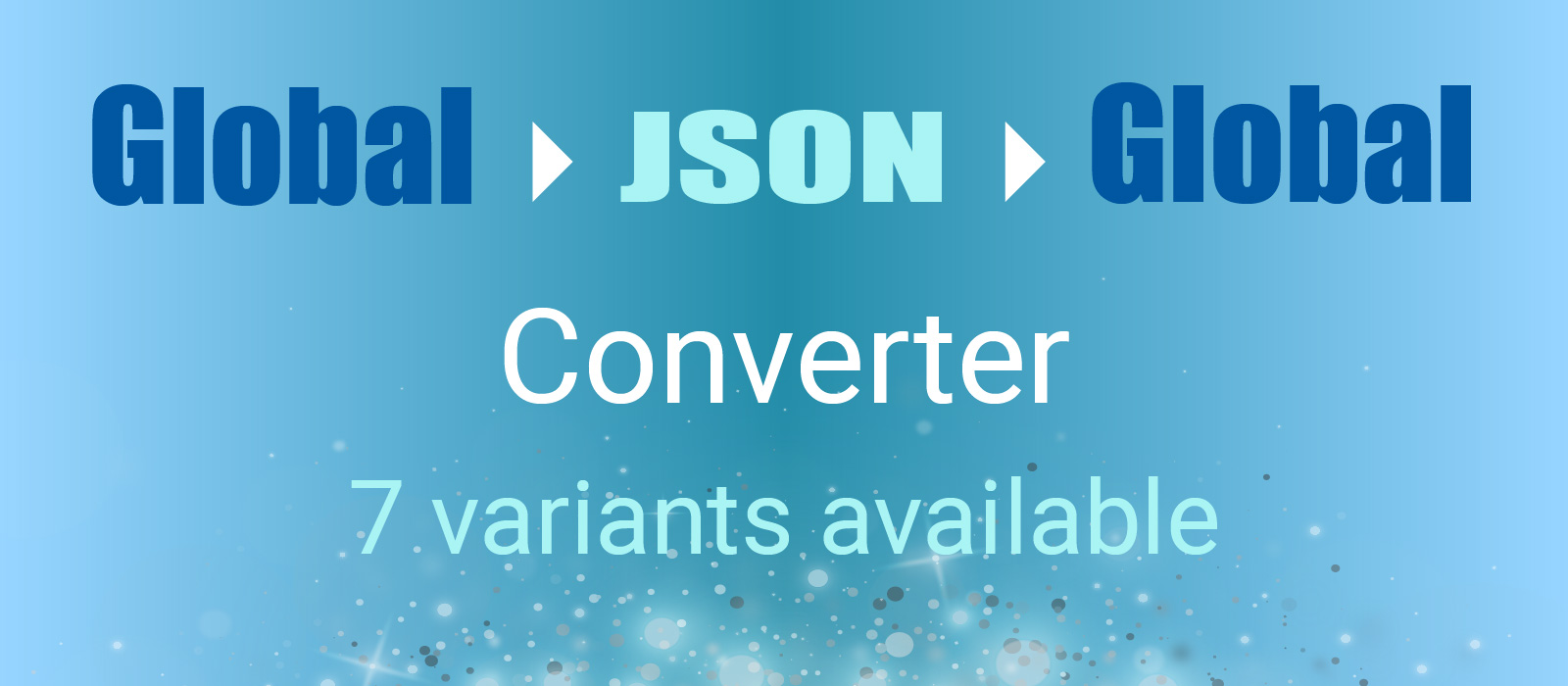What if you could serialize/deserialize objects in whatever format: JSON, XML, CSV,...; attending different criteria: export/import some properties and not others, transform values in this or that way before exporting/importing,...; and all of this without having to change the class definition? Wouldn't that be great??
Well, perhaps it's a goal too ambitious to reach 100% but, exploring this idea, I've developed a bunch of classes that I thought it was good to share. If you want to test, change, modify or improve the code, or just take a look at it, you can do it here. There you'll find a more detailed explanation (see Readme.md)






